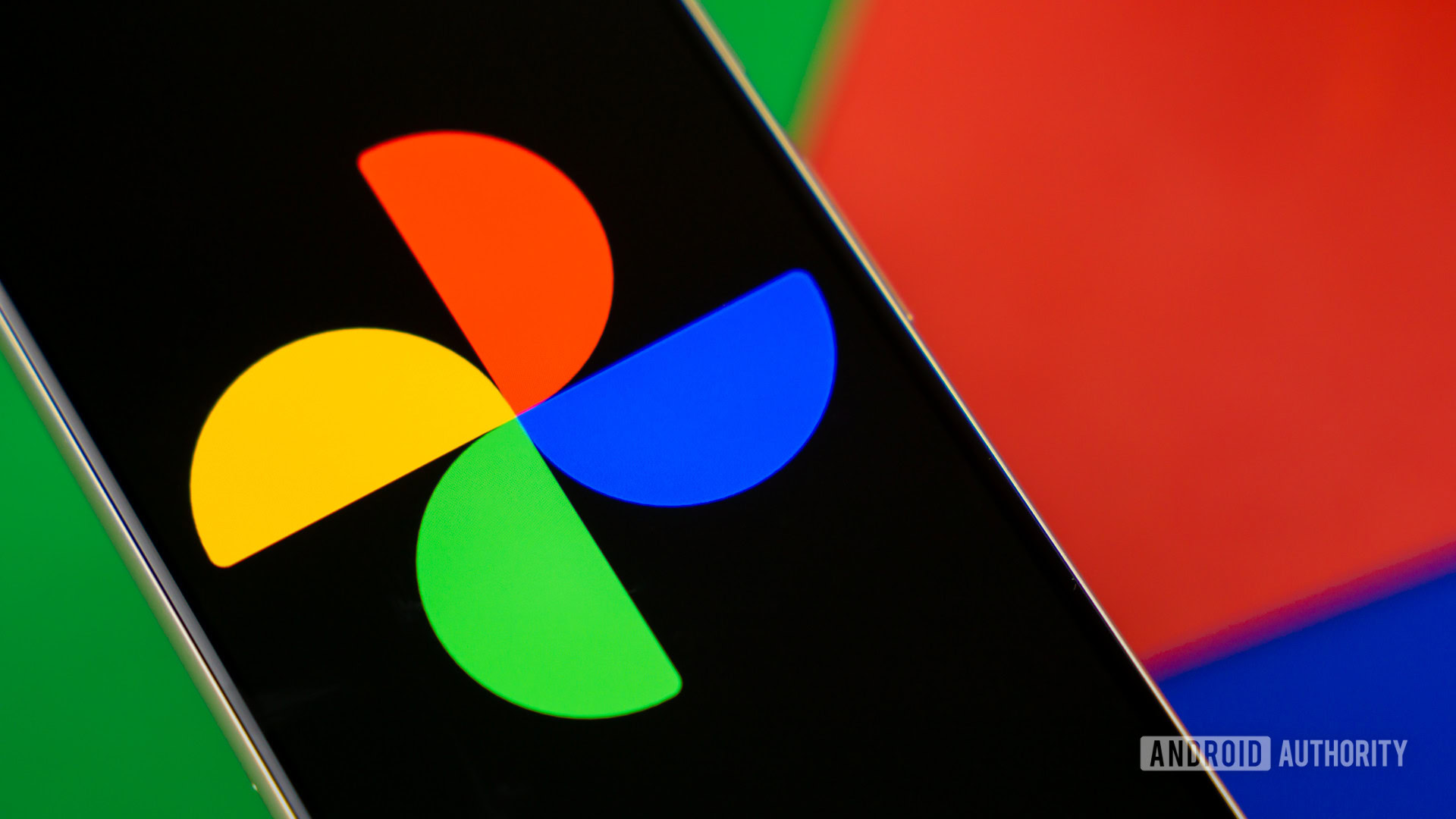Pages tagged:
Google Photos
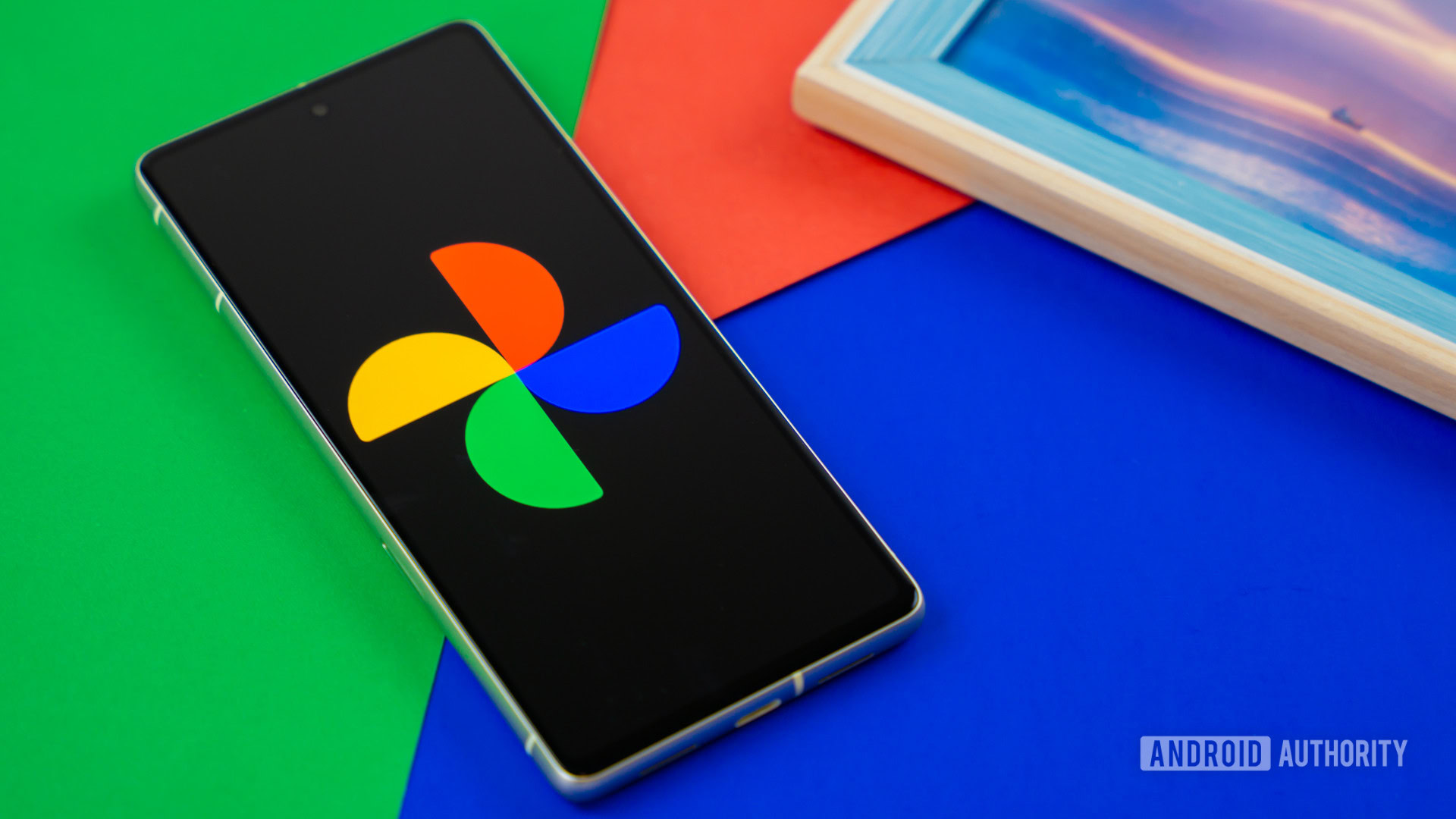
Gemini can now browse Google Photos on your Android phone, but there's a catch
Only if you live in the United States and speak English.
Adamya SharmaApril 15, 2025
0

Pranob MehrotraApril 10, 2025
0
Google Photos may soon let you choose the focus for motion tracking (APK teardown)
This Google Photos change could make searching on big phones a lot easier (APK teardown)
Aamir SiddiquiApril 9, 2025
0
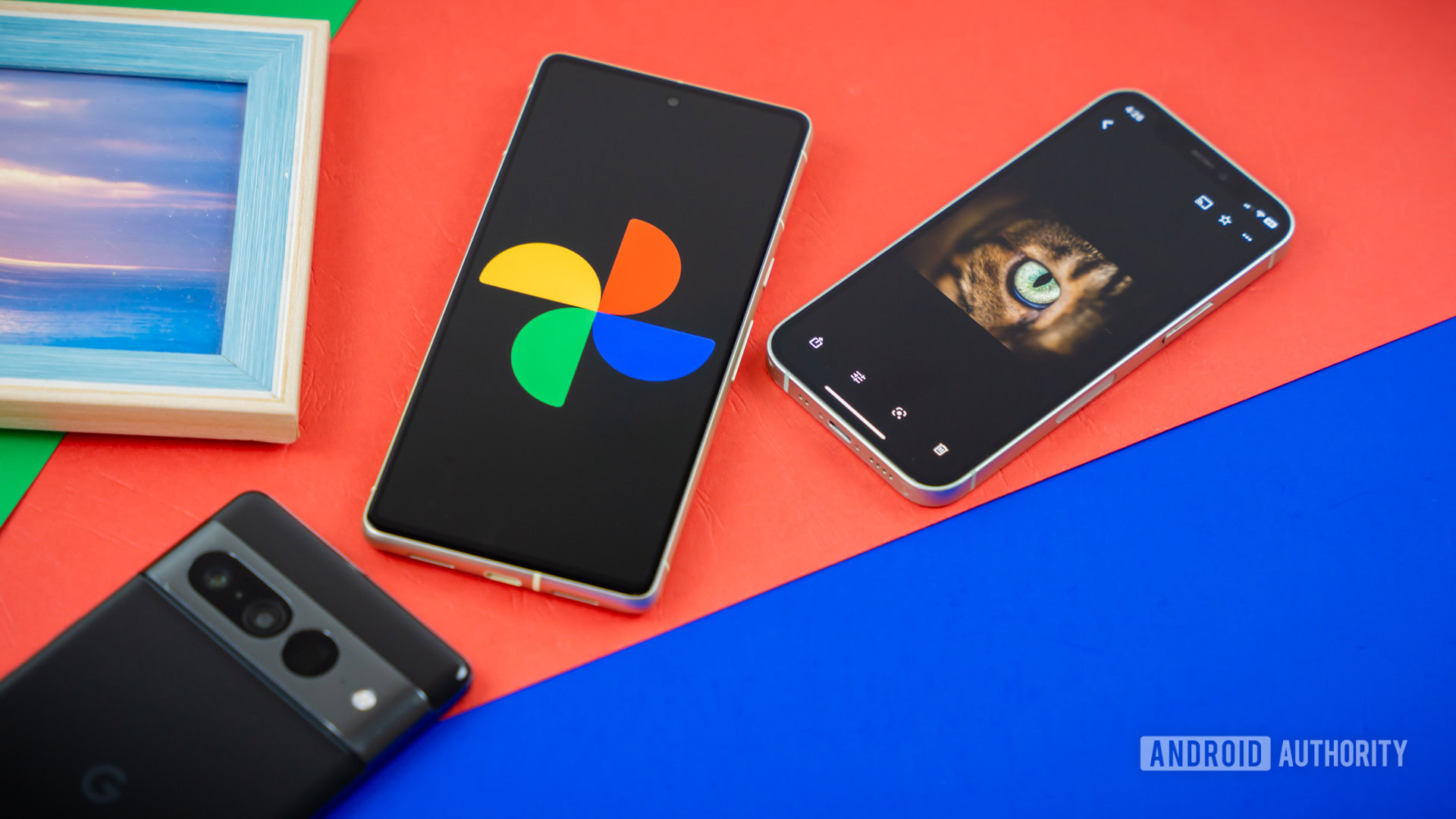
Google Photos could get another useful way to share content (APK teardown)
Hadlee SimonsApril 9, 2025
0
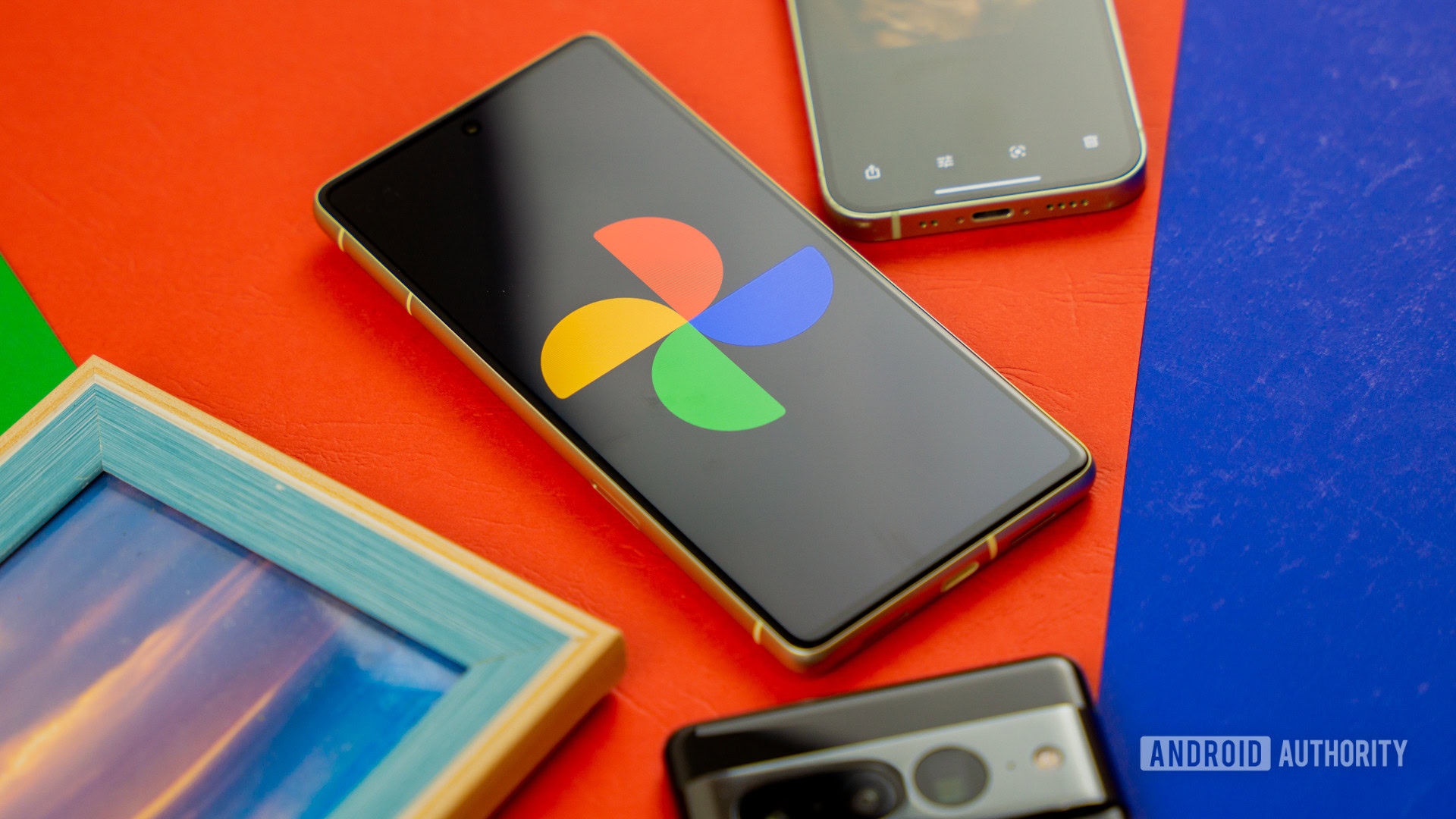
Google Photos fixes Magic Editor saves so they don't disappear like the objects you erased
Ryan McNealApril 3, 2025
0
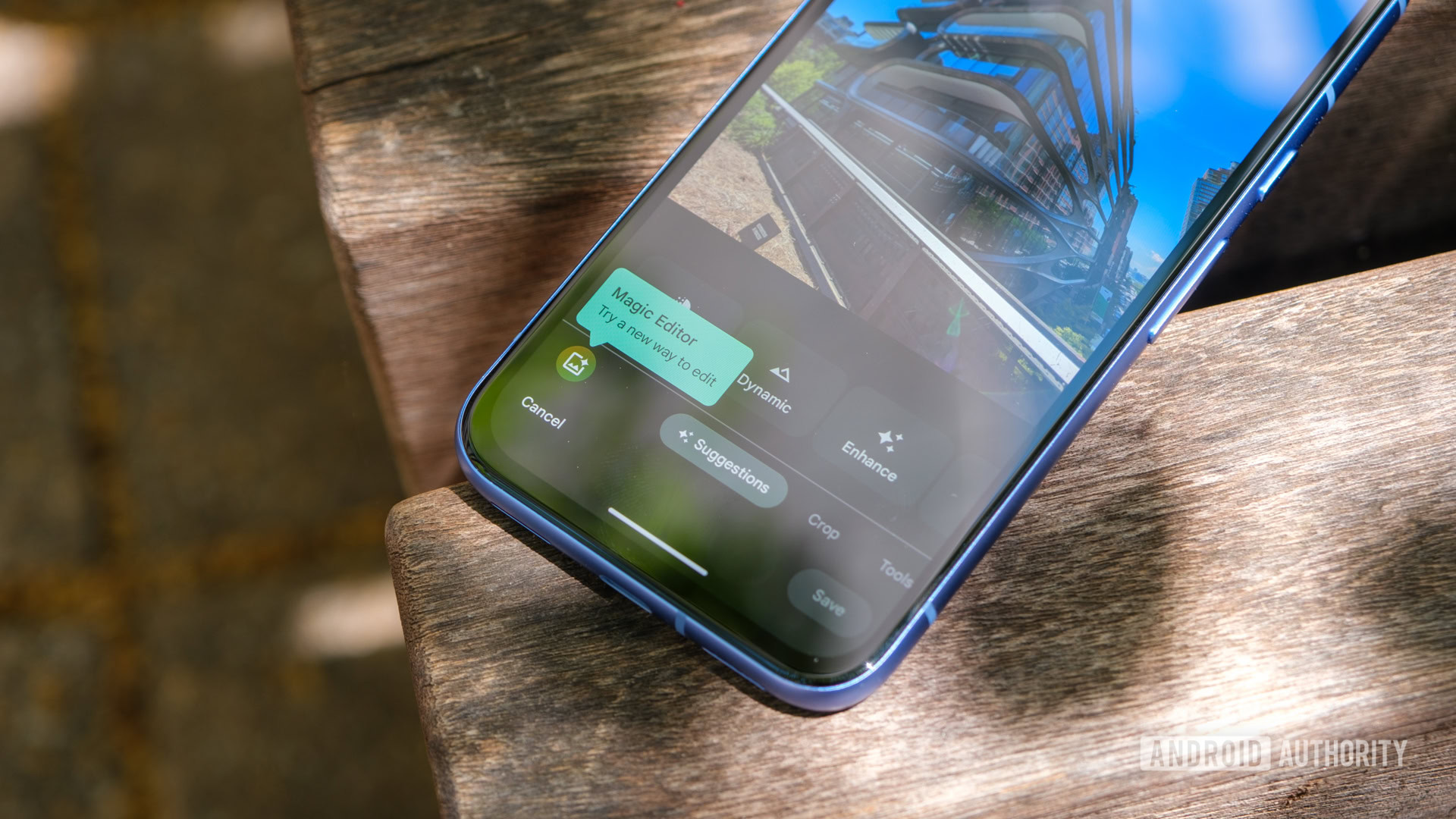
Google details how Gemini is getting way smarter with its Google Photos integration
Aamir SiddiquiApril 3, 2025
0
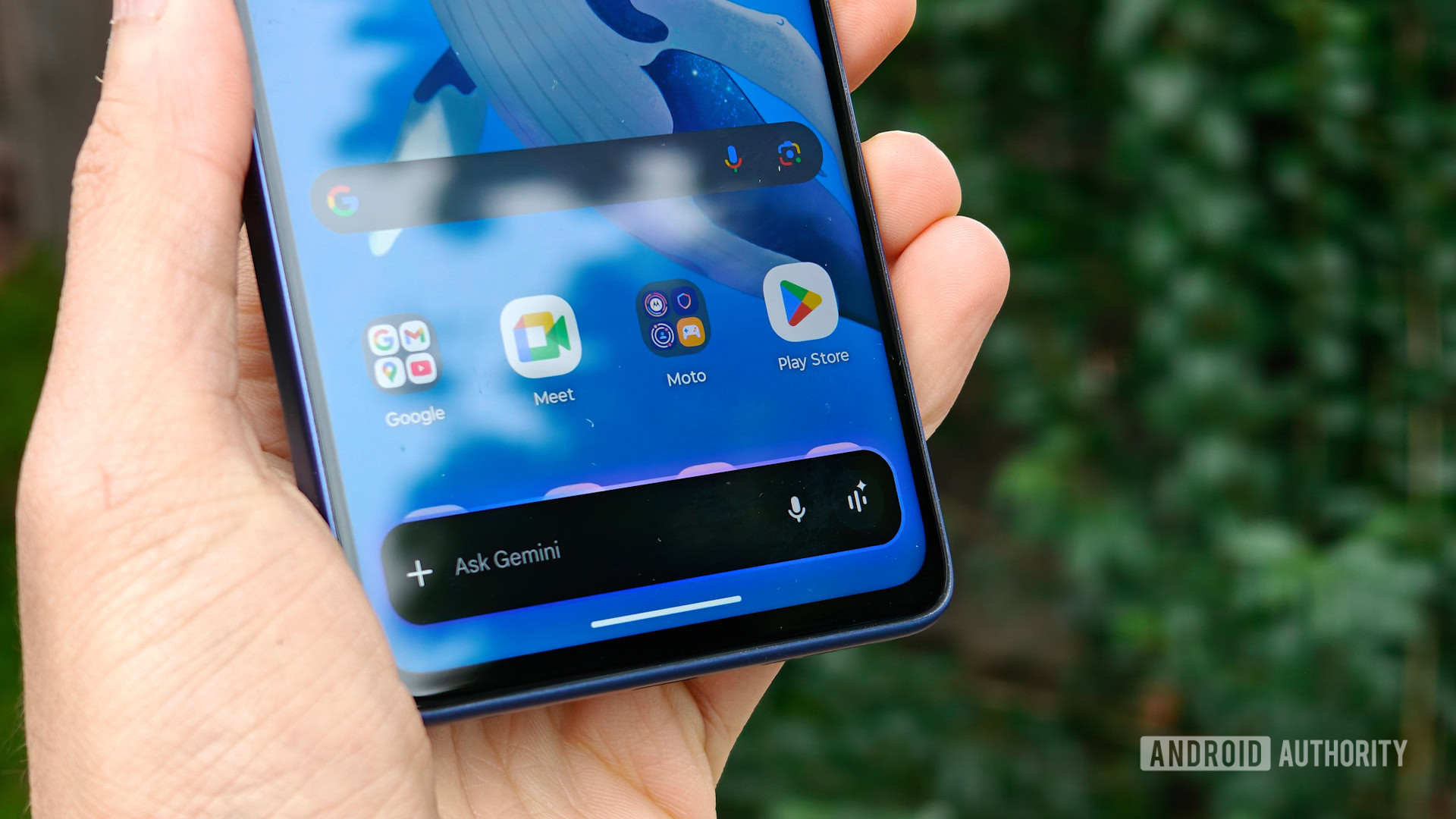
Google Photos tagged the wrong face? It could soon get easier to fix (APK teardown)
Aamir SiddiquiApril 3, 2025
0

Google announces dark mode for Photos on the web, to the relief of eyes everywhere
Stephen SchenckMarch 31, 2025
0
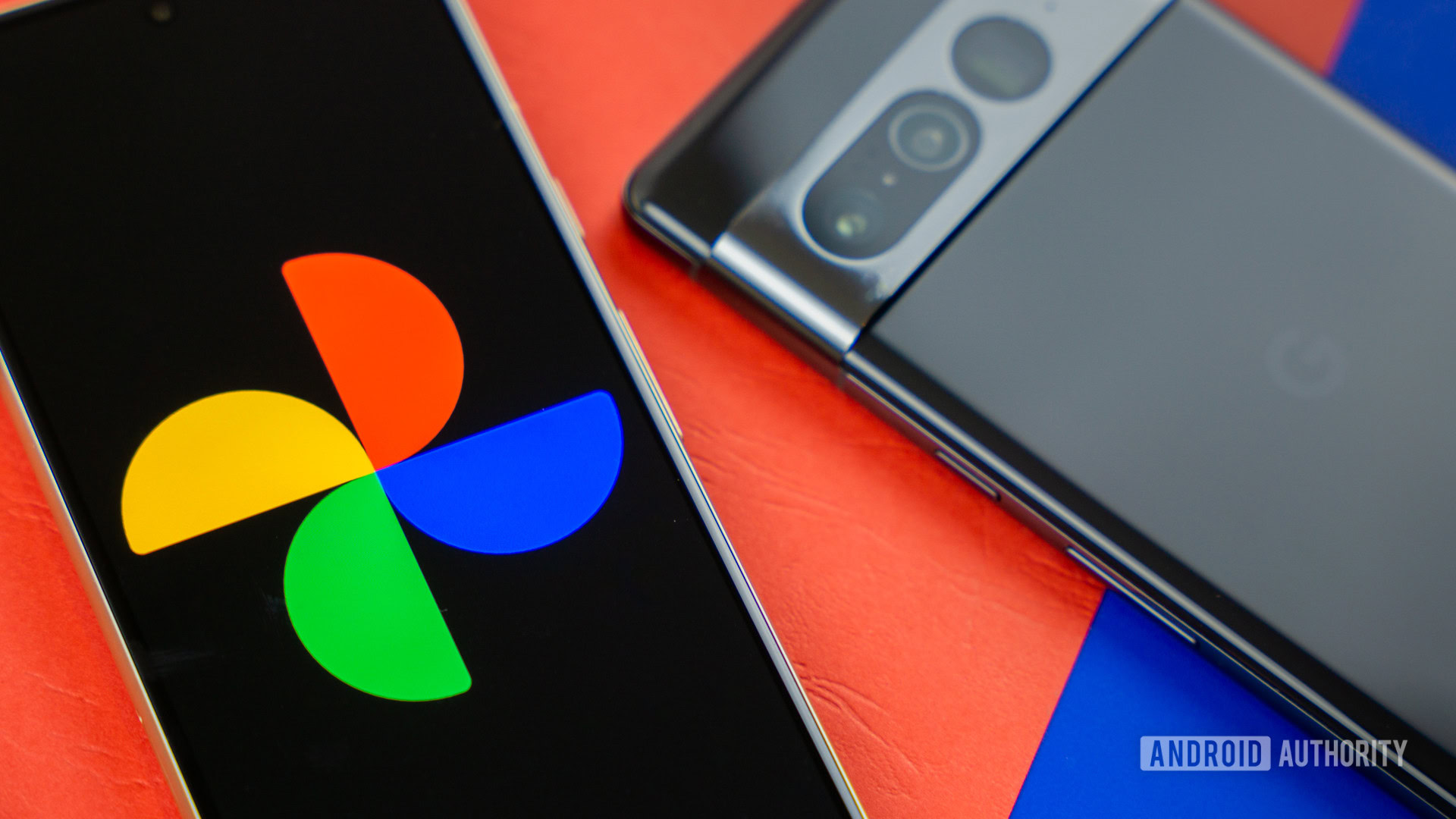
A Google Photos survey may have just leaked its upcoming homepage redesign
Adamya SharmaMarch 31, 2025
0

Google Photos is making it easier to manage photos and search for albums (APK teardown)
Pranob MehrotraMarch 27, 2025
0
